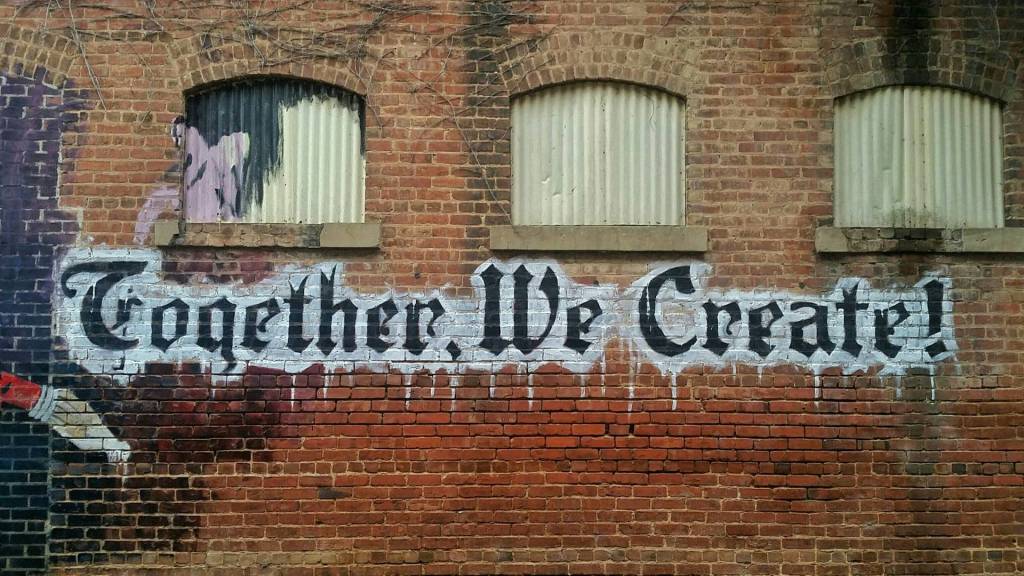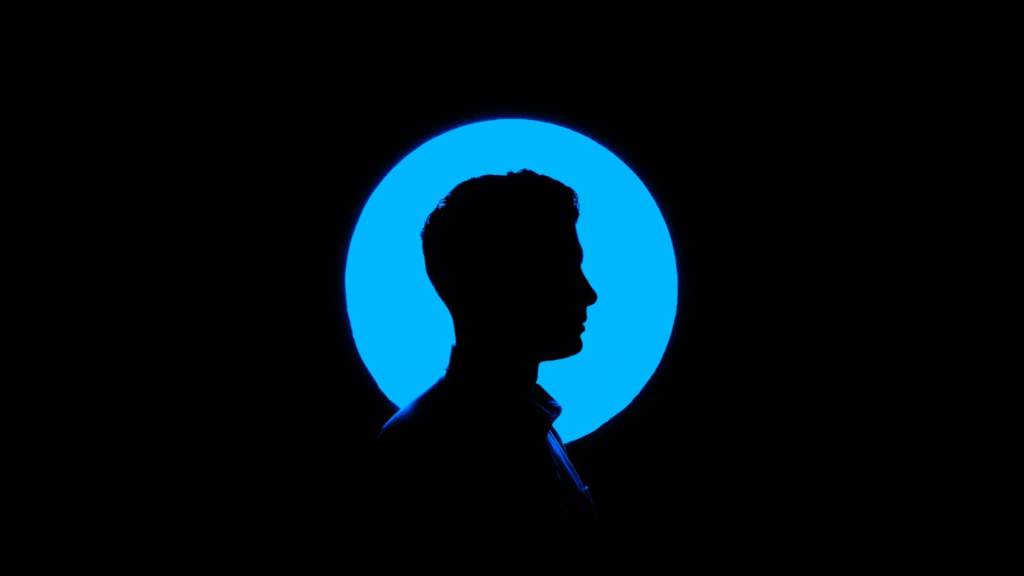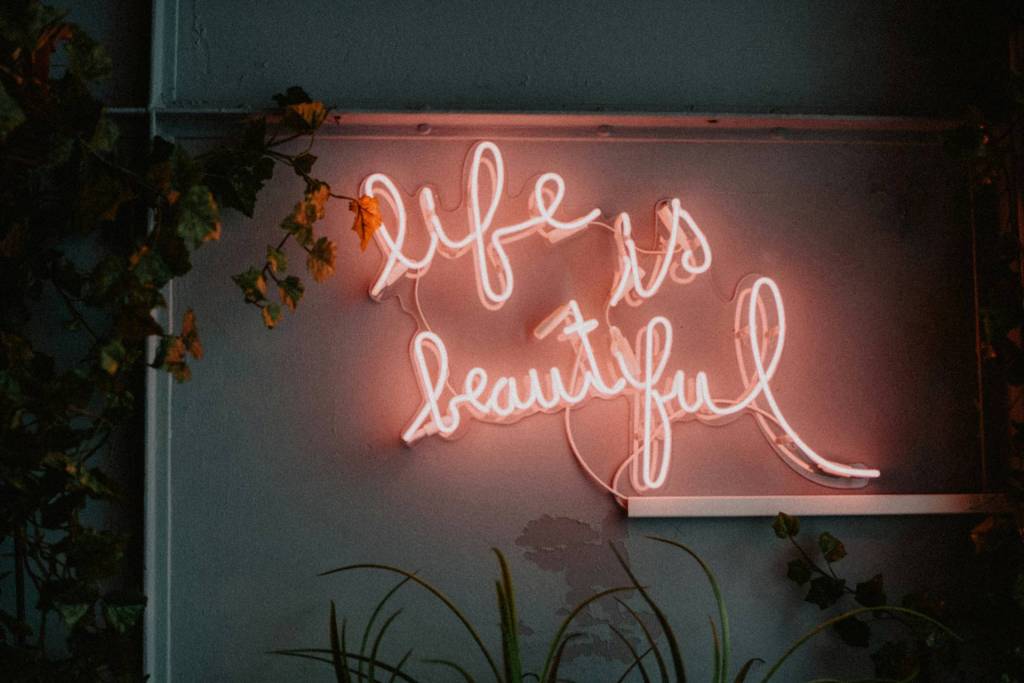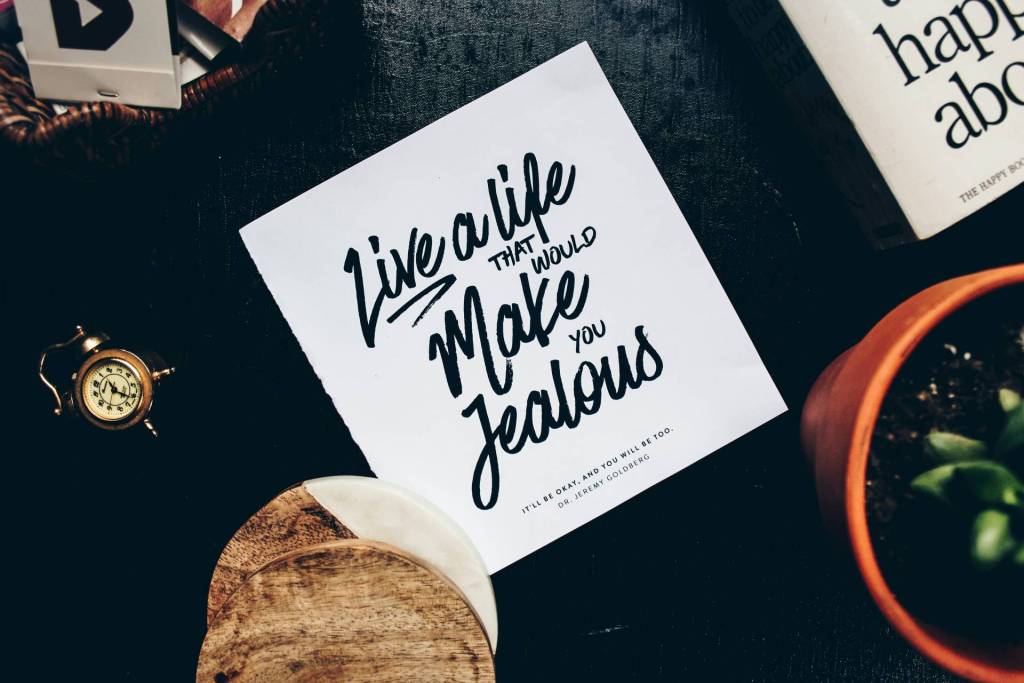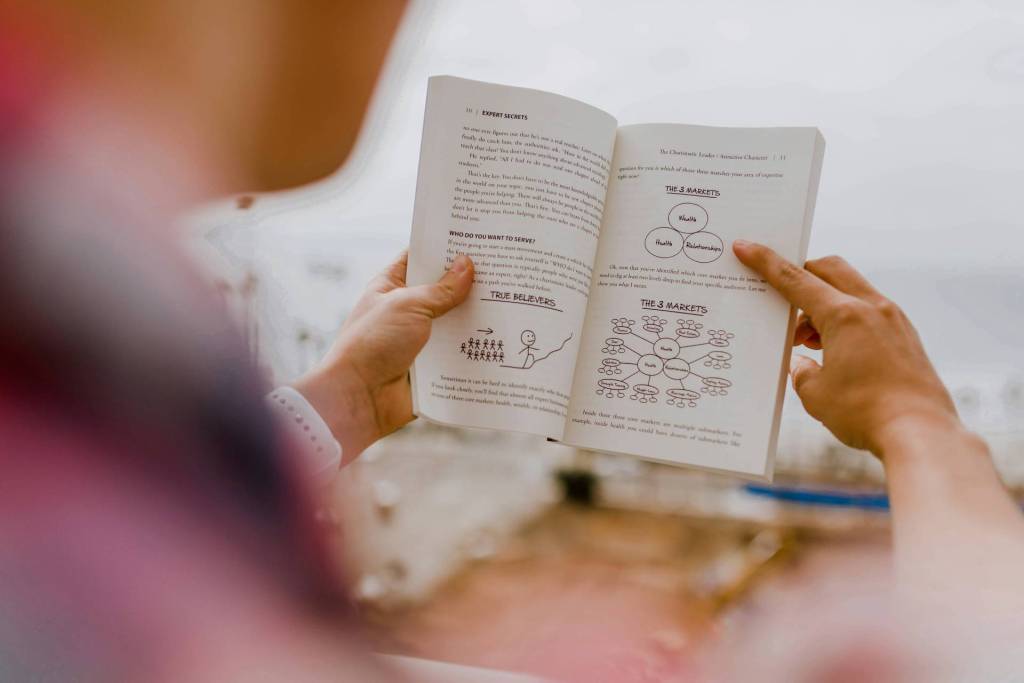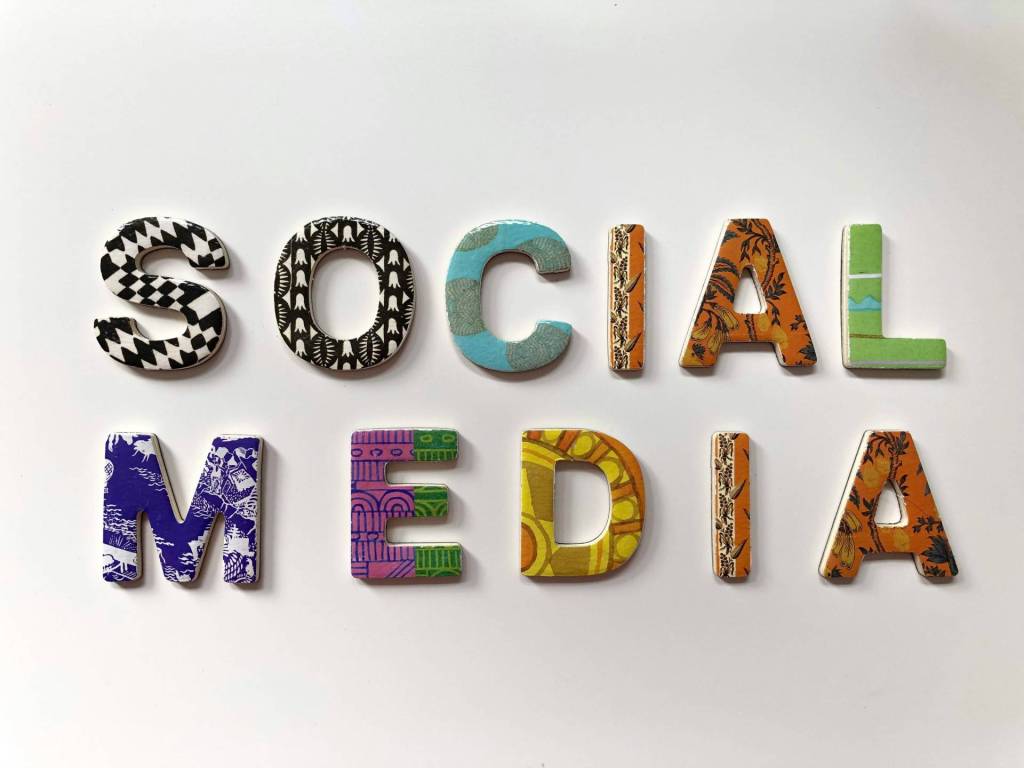If your personal brand isn’t as strong as you expected by now, a confusing message might be the reason.
1) Windows 8
I recently upgraded my main work computer to Windows 8. It didn’t go as I expected.
A few weeks before I upgraded, as the technology coverage was ramping up for the October 26th launch of Microsoft’s latest operating system (OS), I read a series of articles from all over the world about what to expect.
Some articles touted the new software as revolutionary, while others just called it Windows 7 with a twist. And a bad twist at that.
But it was that twist that got a lot of attention. For those who haven’t see it yet, Windows 8 no longer has the Start button we’ve all gotten used to since Windows 95 (that’s a long time!). Instead, Win8’s “Modern UI” presents you with a dashboard of tiles to choose from when you want to run a new program.
Article after article, Youtube clip after Youtube clip, covered the mass confusion that everyday people were having when finally getting to try Windows 8 for the first time.
And Microsoft really hasn’t done itself any favors. In “one ring to rule them all” Lord of the Rings fashion, Microsoft has spent an awful lot of time talking about how this is the first OS in history that also works on PCs, laptops, tablets, you name it.
But if they had just said “Windows 8 is like Windows 7, only with a Start page instead of a Start button,” people would get it. There’d be a lot less confusion, negative press and a lot more people upgrading to the new software, which is easier to use and better than I expected.
2) Twitter
When Twitter first launched, it was different, so I expected it to be cool. But there was also a lot of confusion about it, whether you needed to be on it, how to use it, and so on.
In Twitter: Why So Many People Don’t Get It, I explained that Twitter didn’t do itself any favors either:
“Visit any Twitter user’s homepage like mine and you’ll see the same message:
Hey there! jacobshare is using Twitter.
Twitter is a free service that lets you keep in touch with people through the exchange of quick, frequent answers to one simple question: What are you doing? Join today to start receiving jacobshare’s updates.
The key phrase is “What are you doing?”
When I first saw this question, I thought what most people thought- that Twitter’s 140-character messages were meant to tell your friends what you were doing and what you had just eaten (this was before Facebook’s status updates). I signed up in 2007 but, not interested in posting pictures of my lunch, I tweeted for a day and then ignored my account for a year.
But if they had just said “Tweeting is like blogging, just shorter and quicker,” people would have gotten it. There would have been a lot less confusion, misinforming press and a lot more people jumping onto the new social platform earlier.
3) You
So how about you?
Are you branding yourself correctly?
If 10 people see your web presence, hear your elevator pitch and read an article about you, will they come away confused?
Are you doing yourself any favors? Have you spent time and money communicating about things that are secondary at best, unimportant at worst?
Is your branding message easy to grasp, clearly explained in one line or less, so that people get it right away?
Simplify.
Cut to the core.
It’ll be better than you expect.
Author:
Jacob Share, a job search expert, is the creator of JobMob, one of the biggest blogs in the world about finding jobs. Follow him on Twitter for job search tips and humor.

